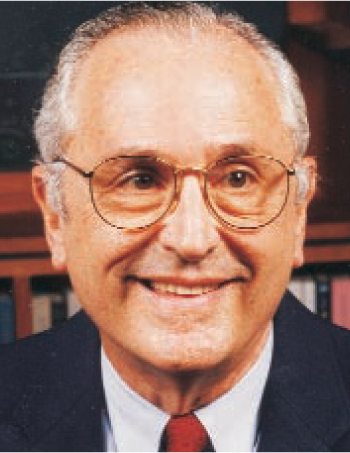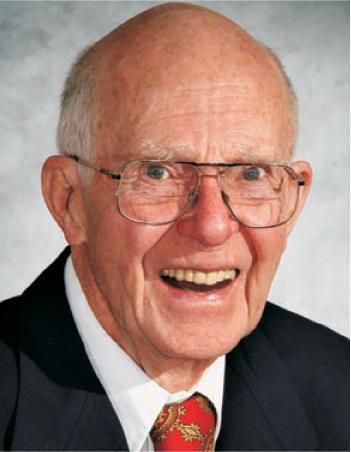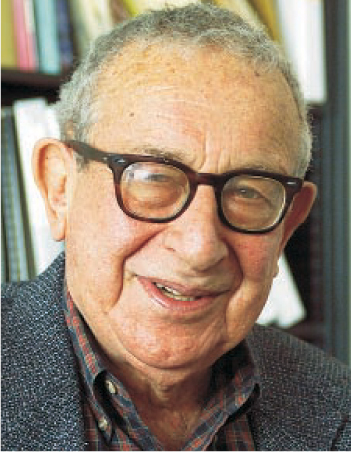Fermi Award Honors Three Individuals
DOI: 10.1063/1.1650236
During an October ceremony in Washington, DC, Secretary of Energy Spencer Abraham honored this year’s Enrico Fermi Award winners, John Bahcall, Raymond Davis Jr, and Seymour Sack. The presidential award, administered by the US Department of Energy and given in recognition of a lifetime of scientific achievement in the development, production, or use of energy, was established in 1956 to encourage excellence in energy science and technology.
Bahcall and Davis share part of the award for their “innovative research in astrophysics leading to a revolution in understanding the properties of the elusive neutrino, the lightest known particle with mass.” According to the citation, their contributions to the field of solar neutrino physics and neutrino astronomy “have helped determined that neutrinos have mass and that electron neutrinos oscillate into many ‘flavors’ on their way from the Sun to the Earth.”
Bahcall is the theorist whose work made possible the design and interpretation of Davis’s experimental work on how neutrinos behave. He is the Richard Black Professor of Natural Sciences at the Institute for Advanced Study in Princeton, New Jersey, and a visiting lecturer with the rank of professor at Princeton University. Davis, unable to attend the ceremony, led the group at the Homestake gold mine in South Dakota that discovered that most of the neutrinos made in the Sun do not arrive at Earth in their original state. He was a corecipient, with Masatoshi Koshiba and Riccardo Giacconi, of the 2002 Nobel Prize in Physics and is an emeritus research chemist at Brookhaven National Laboratory and a research professor of astronomy at the University of Pennsylvania. Bahcall and Davis each received a $93 750 cash award.
Sack, who was instrumental in designing nuclear weapons for the US while at Lawrence Livermore National Laboratory, was honored for his “contributions to the national security of the United States in his work assuring the reliability of nuclear weapons and thus deterring war between the superpowers.” Sack is responsible for developing modern nuclear-weapons safety features, such as insensitive explosives and fire-resistant pits. Although he retired from Lawrence Livermore in 1990, he remains affiliated with the laboratory as a consultant. He received a $187 500 cash award.



BROOKHAVEN NATIONAL LAB


JACQUELINE MCBRIDE/LLNL

